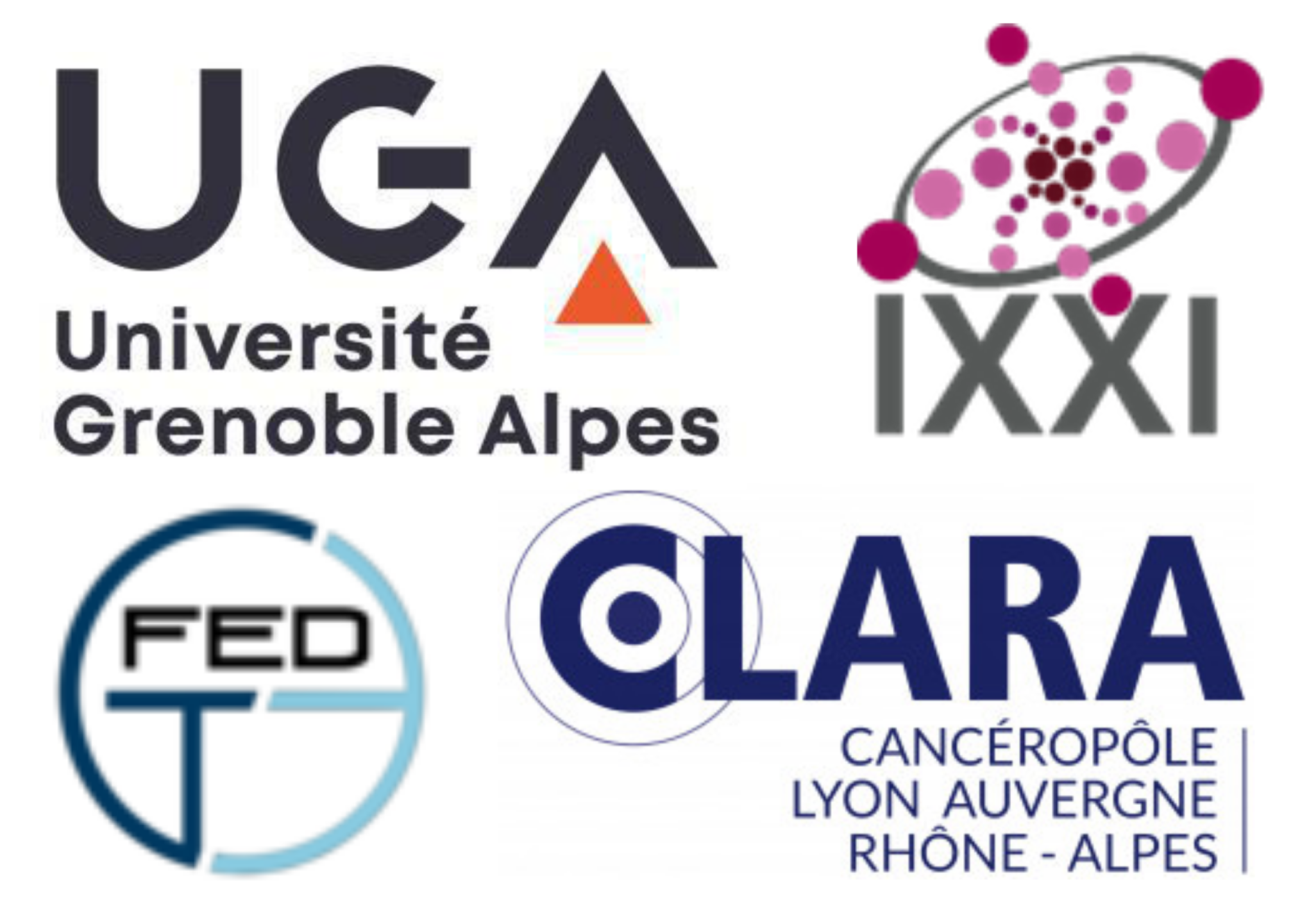Cytokinesis involves a variety of mechanisms, depending on the taxon studied. In animal cells, cytokinesis takes place through the formation of a furrow perpendicular to the mitotic spindle (D'Avino et al., 2015) 1, while in plant cells, the phragmoplast develops from position memory cues deposited before mitosis (Rasmussen & Bellinger, 2018) 2. In brown algae, which are phylogenetically distant from these two taxa, very little is known about the mechanisms controlling the positioning and orientation of the cell division plane.
Detailed cytology observations during the cell cycles of several brown algae have led to a canonic model, in which 1) the cytokinetic plane lies perpendicular to the axis established by the two centrosomes, usually relatively long after the end of the telophase (Nagasato & Motomura, 2002) 3 and 2) during most of the cell cycle, the nucleus is surrounded by two centrosomes. Thus, it should be possible to predict the position of the cytokinetic plane by monitoring or predicting the displacement of the two centrosomes during the cell cycle, and this, independently of the position and orientation of the mitotic spindle.
It is difficult to observe the dynamics of the cytoskeleton in brown algae. Therefore, while appropriate and relevant cell biology and imaging tools are currently being developed in the lab, my PhD project began with in silico modelling.
So far, I have aimed to simulate the displacement of two centrosomes in the two brown algae Saccharina and Sphacelaria. Using the Cytosim software (Nedelec & Foethke, 2007) 4, we implemented a cortical pushing model, in which growing microtubules initiate a reactive force on centrosomes. Using this model, we have shown how several cellular geometric features impact the centring and alignment of centrosomes, and consequently, the position and orientation of the cell division plane.
Cell size is predicted to have a strong impact while cell shape has a moderate impact. In addition, preliminary results have shown that the presence or absence of organelles like chloroplasts or vacuoles, which are abundant in algal cells, have a limited effect on centrosome positioning.
These initial results establish a base from which more complex cellular mechanisms, such as cortical or cytoplasmic pulling, can be elaborated together with data from wet experiments, in order to account for the mechanisms underlying the position and orientation of centrosomes in other brown algal cells. This also requires Cytosim to be adapted to our needs, for example so that it is able to simulate the movement of centrosomes in growing cells.
1 D'avino et al., 2015, Cytokinesis in Animal Cells, Cold Spring Harbor Perspectives in Biology, vol. 7, num. 4, DOI : 10.1101/cshperspect.a015834
2 Rasmussen & Bellinger, 2018, An overview of plant division-plane orientation, New Phytologist, vol. 219, num. 2, 505-512, DOI : 10.1111/nph.15183
3 Nagasato & Motomura, 2002, Influence of the centrosome in cytokinesis of brown algae: polyspermic zygotes of Scytosiphon lomentaria (Scytosiphonales,Phaeophyceae), Journal of Cell Science, vol. 115, num. 12, 2541-2548, DOI : 10.1242/jcs.115.12.2541
4 Nedelec & Foethke, 2007, Collective Langevin dynamics of flexible cytoskeletal fibers, New Journal of Physics, vol. 9, num. 11, 427, DOI : 10.1088/1367-2630/9/11/427


 PDF version
PDF version
